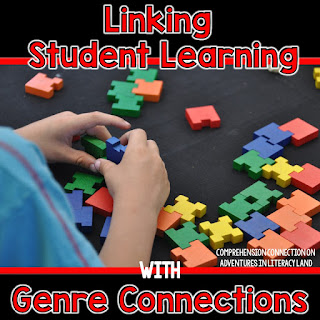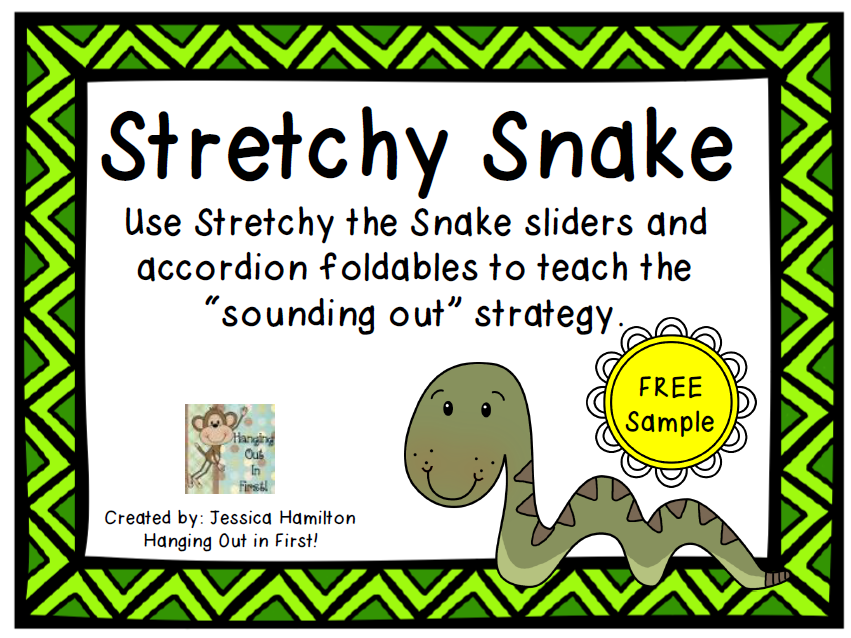Simpson's Sheep Won't go to Sleep by Bruce Arant
Farmer Simpson wants to sleep, needs to sleep, but isn't getting any sleep because the sheep keep coming up with reasons why they aren't ready to go to bed. What will he do? How will he get the sheep to sleep? As I read this book, I immediately made a text-to-text connection between the sheep (and all of their excuses) and to the pigeon in Mo Willem's Don't Let the Pigeon Stay up Late who continually made excuses why he should be allowed to stay up.
The Day the Crayons Quit by Drew Daywalt, illustrated by Oliver Jeffers
Duncan wants to color, but his crayons have other plans. Each crayon writes him a letter with their grievances. What will Duncan do? Will he ever get to color again?
This book has a FABULOUS book trailer that gives you hints about how each crayon is feeling.
Charlie Goes to School by Ree Drummond, illustrated by Diane deGroat
You probably know Ree Drummond better as the Pioneer Woman. She also write books. Charlie is her basset hound that lives with her on the ranch. The book starts with Charlie seeing the kids going to school (home school) and he decides that he can have his own school. Find out what happens by reading this adorable book.
You can read more about the book on her blog HERE. The book also has a recipe at the end for Strawberry Oatmeal Bars that look delicious.
Book Trailer:
Llama, Llama, and the Bully Goat by Anna Dewdney
My little girl loves her Llama Llama board book that we read every night as part of our going-to-bed ritual. This Llama Llama book is a great read to help students understand what bullying is. Llama Llama is learning a lot of new things at school, but Gilroy Goat is teasing him. What is Llama Llama going to do? What will happen to Gilroy?
Kid President has a video that would be a wonderful accompaniment to this book: Kid President Pep Talk. One of my favorite lines from the video: "If we are on the same team, then we need to start acting like it." Read the Llama Llama book, watch the video, and have students discuss what connections the video has to bullying.
The Little "Read" Hen by Dianne Las Casas
This spin on the classic "Little Red Hen" is great for introducing young writers to the writing process. Little "Read" Hen wants to write a story, but none of her friends will help. What will she do?
This book has phrases that keep you laughing and engaged throughout the story, like "busted her tail feathers." At the end of the story, there is a "recipe" for a story that would make a marvelous bulletin board to showcase student writing pieces. The author has a page on her website that has activities to go with the book: educator guide and theater script.
Thanks for sticking with me through these recommendations. Dr. Ellis did share over fifty books with us, so be on the look out for more posts here and at my blog. I LOVE a great picture book!

































